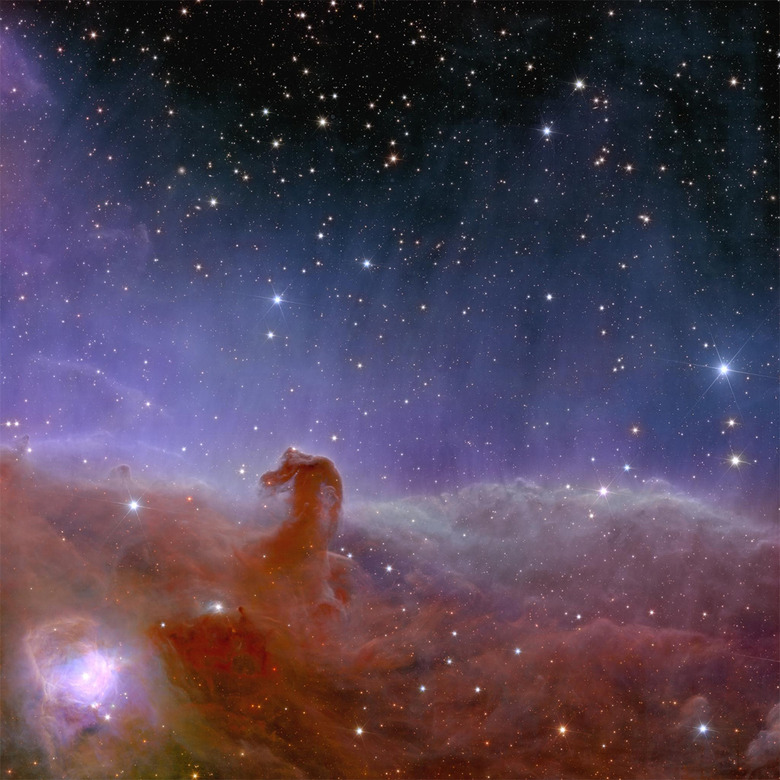ESA's Euclid Telescope Shares First Images From Dark Universe Mission
The European Space Agency hopes to create the most extensive 3D map of our universe yet, and it plans to do so with the Euclid space telescope, an observatory built to capture images of the universe and hunt down proof of dark matter and dark energy. Dubbed the agency's "dark universe detective," the Euclid has a ton of potential, and the telescope's first real images are finally here, to dazzling effect.
Scientists estimate that roughly 95 percent of our universe is made up of dark matter and dark energy – both entities we have yet to observe directly. While we don't understand what these two entities are, we do understand that their presence is key to causing the subtle changes in appearance and the motions of the things we see in the cosmos.
To help reveal more about these dark influences, Euclid will capture razor-sharp images of the sky while looking deep into the distant universe. And to help showcase just how powerful the telescope is, the ESA has released Euclid's first full-color images, and they're absolutely baffling.
The ESA has released five images captured by the Euclid telescope. These images include Euclid's view of the Perseus cluster, a spiral galaxy known as IC 342, the irregular galaxy NGC 6822, the globular cluster NGC 6397, and the Horsehead Nebula. All of the images deliver fantastic quality down to every detail and showcase the true potential of the newest ESA observatory.
The ESA says that its dark universe detective will look out to 10 billion light-years away from Earth during its observations, giving us the potential to make the largest cosmic 3D map that humankind has ever seen. This, along with the detail that Euclid is capable of capturing, should provide a fantastic hunting ground for evidence of dark matter and dark energy, which continue to elude us.
Members of the Euclid Project say that the images are sharper and more beautiful than they could have ever hoped for and that they show many unseen details and features about the areas they photographed – all of which have been heavily studied.
The ESA technically shared Euclid's first test images several months ago. However, those images were a part of the testing that the telescope underwent after it reached its main point of observation. With Euclid's first full-color images, we finally get an idea of what the observatory is truly capable of, and a better understanding of how it can capture the cosmos in vivid detail.
